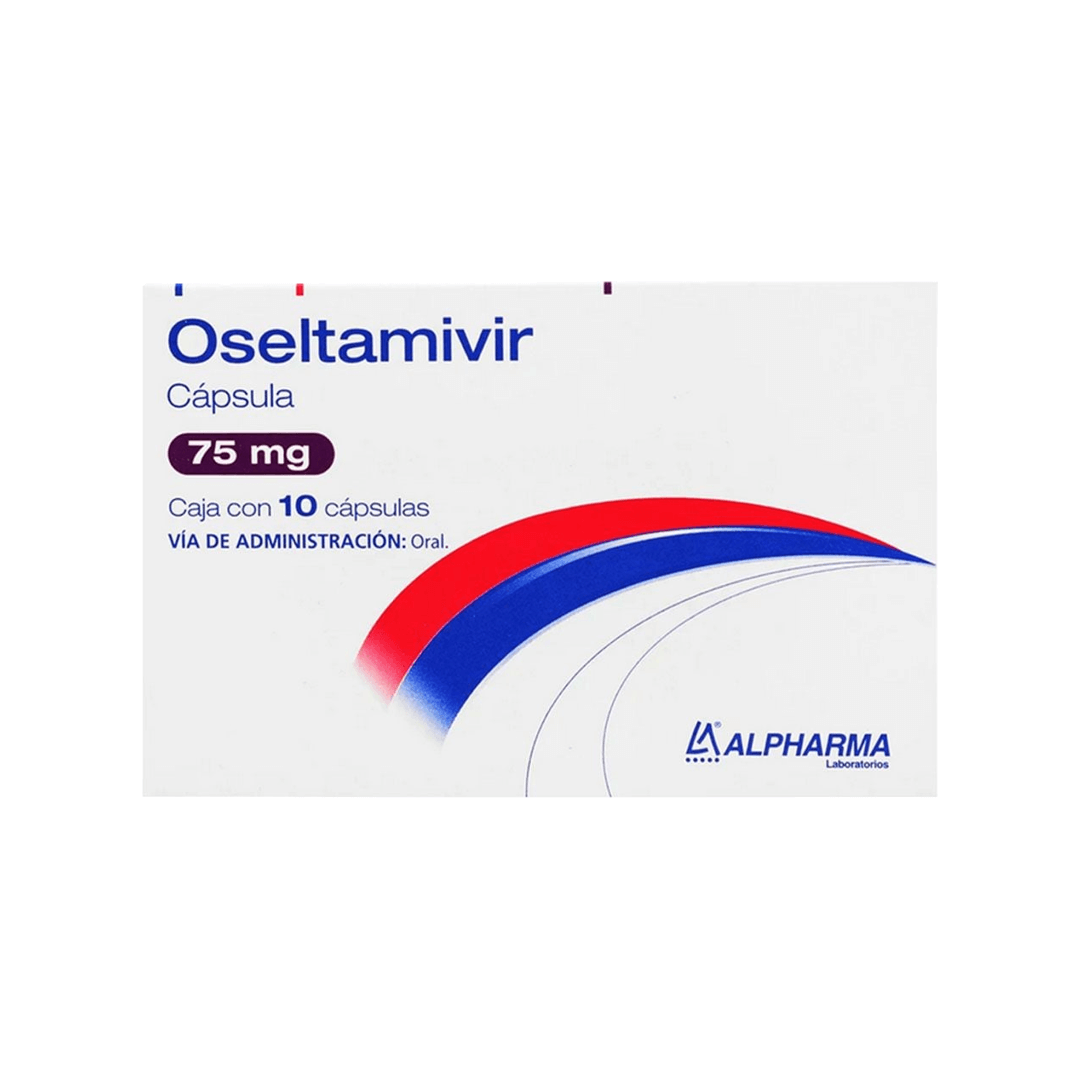
Oseltamivir, a remarkable antiviral medication, has emerged as a cornerstone in the fight against influenza. This innovative drug, with its unique mechanism of action and proven efficacy, offers a beacon of hope in combating this widespread viral infection.
Delving deeper into the world of oseltamivir, we uncover its pharmacokinetic properties, clinical applications, and potential adverse effects. By unraveling the intricacies of this medication, we empower healthcare professionals and individuals alike to make informed decisions regarding its use.
Introduction to Oseltamivir

Oseltamivir, marketed under the brand name Tamiflu, is a neuraminidase inhibitor used to treat and prevent influenza. It belongs to a class of antiviral medications known as adamantanes. Oseltamivir works by inhibiting the neuraminidase enzyme, which is essential for the release of new influenza viruses from infected cells.
By blocking this enzyme, oseltamivir prevents the spread of the virus and reduces the severity of symptoms.
Pharmacokinetics of Oseltamivir
Oseltamivir is well absorbed after oral administration, with a bioavailability of approximately 80%. It is rapidly distributed throughout the body, with peak plasma concentrations reached within 1-2 hours. Oseltamivir undergoes minimal metabolism and is primarily excreted unchanged in the urine.
It has a half-life of approximately 6-10 hours and is highly protein-bound (90-99%).
Clinical Applications of Oseltamivir
Oseltamivir is indicated for the treatment of uncomplicated influenza in adults and children aged 1 year and older. It is most effective when started within 48 hours of symptom onset. Oseltamivir can also be used to prevent influenza in adults and children aged 6 months and older.
It is typically given as a single dose once daily for 10 days.
Adverse Effects of Oseltamivir
The most common adverse effects of oseltamivir include nausea, vomiting, diarrhea, and abdominal pain. These effects are usually mild and self-limiting. In rare cases, oseltamivir can cause serious adverse effects, such as liver failure and seizures.
Drug Interactions of Oseltamivir
Oseltamivir can interact with other medications, including proton pump inhibitors, antacids, and oseltamivir carboxylate (the active metabolite of oseltamivir). These interactions can affect the absorption, distribution, metabolism, or excretion of oseltamivir.
Resistance to Oseltamivir
Resistance to oseltamivir has been reported, particularly in patients who have received multiple courses of treatment. Resistance is caused by mutations in the neuraminidase enzyme that reduce the affinity of oseltamivir for the enzyme.
Recent Developments in Oseltamivir Research
Research is ongoing to develop new formulations and combination therapies of oseltamivir. These new approaches aim to improve the efficacy, safety, and convenience of oseltamivir treatment.
Last Recap

As we navigate the ever-evolving landscape of influenza management, oseltamivir stands as a testament to scientific innovation. Its continued research and development promise even greater advancements, shaping the future of antiviral therapies and safeguarding public health.








